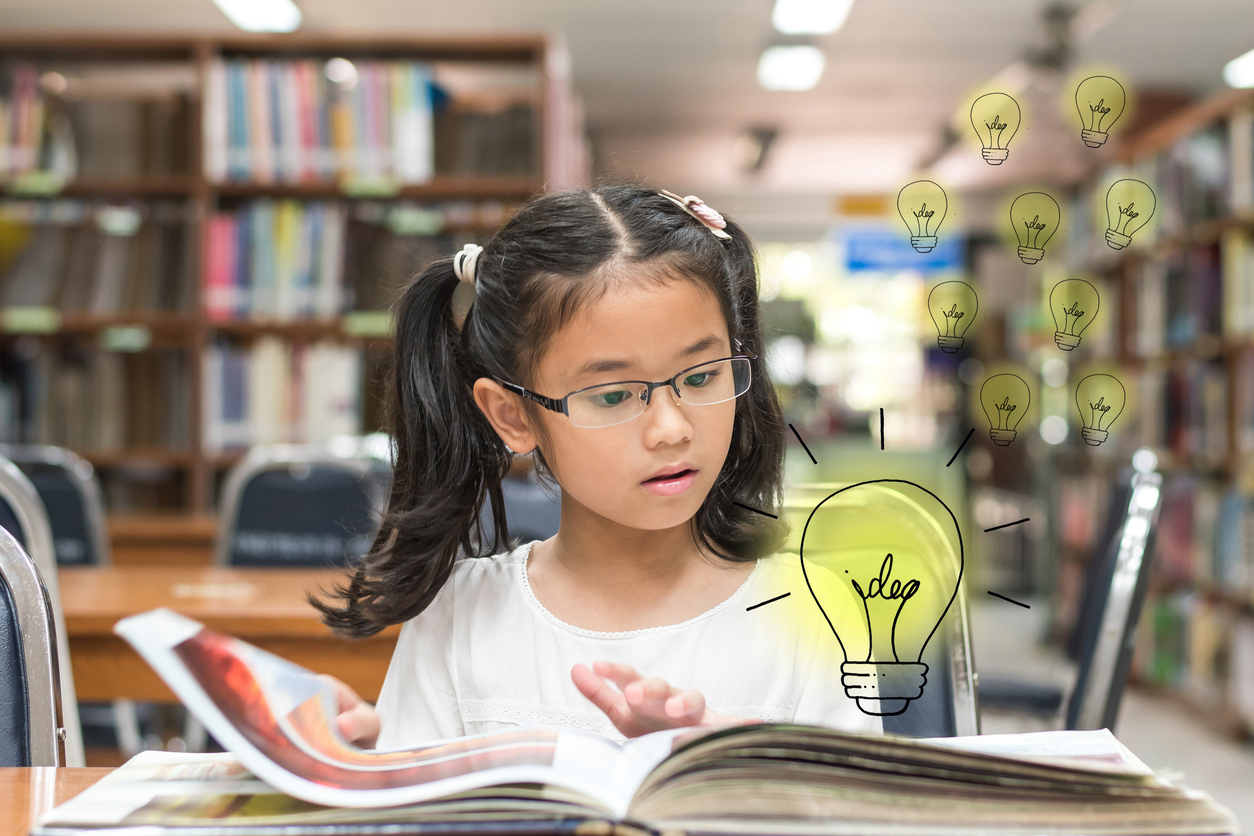A Comprehensive Guide for K-12 Educators: Creating Effective Lesson Plans
As a K-12 educator, you understand how important lesson plans are when it comes to delivering quality education to your students. A well-planned lesson can make all the difference in helping students understand and retain information. That being said, creating effective lesson plans can be a daunting task for many educators. This guide will provide you with a step-by-step approach to creating lesson plans that will engage students and foster an effective learning environment.
Define Your Objectives
The first step in creating an effective lesson plan is to define clear objectives. Objectives should be precise, measurable, and relevant to the curriculum. You want to ensure that your objectives align with the learning goals of your students and the overall curriculum. This will ensure that your students are on track to acquire the necessary knowledge, skills, and attitudes required to master the subject. Select standards, domains, and key areas to focus on.
Plan Your Activities
After defining your objectives, the next step is to plan your activities. You will want to choose activities that will engage your students and align with your objectives. The activities can range from lectures, group projects, individual practice, discussions, experiments, etc. The activities should be appropriate for the student’s level of understanding and should be interactive. At the same time, it is essential that you plan activities that cater to different learning styles. This will ensure that you are catering to a broader range of students.
Include Assessments
Assessments are a key component of an effective lesson plan. They allow educators to measure the progress of their students and ensure that the learning objectives are being met. The assessments can be in the form of quizzes, tests, projects, or assignments. You will want to ensure that your assessments align with your objectives and that they are fair and unbiased. It is critical to provide feedback to students on their progress to help them identify areas where they need to improve.
Introduce Technology
Integrating technology into your lesson plan can be a game-changer. Technology can not only make your teaching more interactive but can also provide students with a more engaging learning experience. Using technology tools such as interactive whiteboards, web-based applications, independent practice, and virtual simulations can make your lesson more dynamic and can provide students with a more immersive learning experience. However, it is critical that you choose technology that is relevant and aligns with your objectives.
Plan for Differentiation
Every student has different learning needs, and as an educator, it is essential to recognize that. Planning for differentiation will ensure that you are catering to the diverse needs of your students. You will want to plan different activities, assessments, and teaching methods to cater to students’ individual needs. Determine which accommodations and accessibility options your students will need and utilize your educational technology tools to help implement them. this way, students can have a personalized learning experience, and they can thrive in the learning environment.
Create Effective Lesson Plans
Crafting an effective lesson plan requires time, effort, and attention to detail. However, by following the steps outlined in this guide, you can create lesson plans that will engage your students, promote critical thinking, and foster a dynamic learning environment. As a K-12 educator, you play a critical role in shaping your students’ future. By investing in creating effective lesson plans, you are doing your part to ensure your students have the foundation to succeed in their academic and professional lives.
Create Effective Lesson Plans with Progress Learning Today! Schedule a Demo


